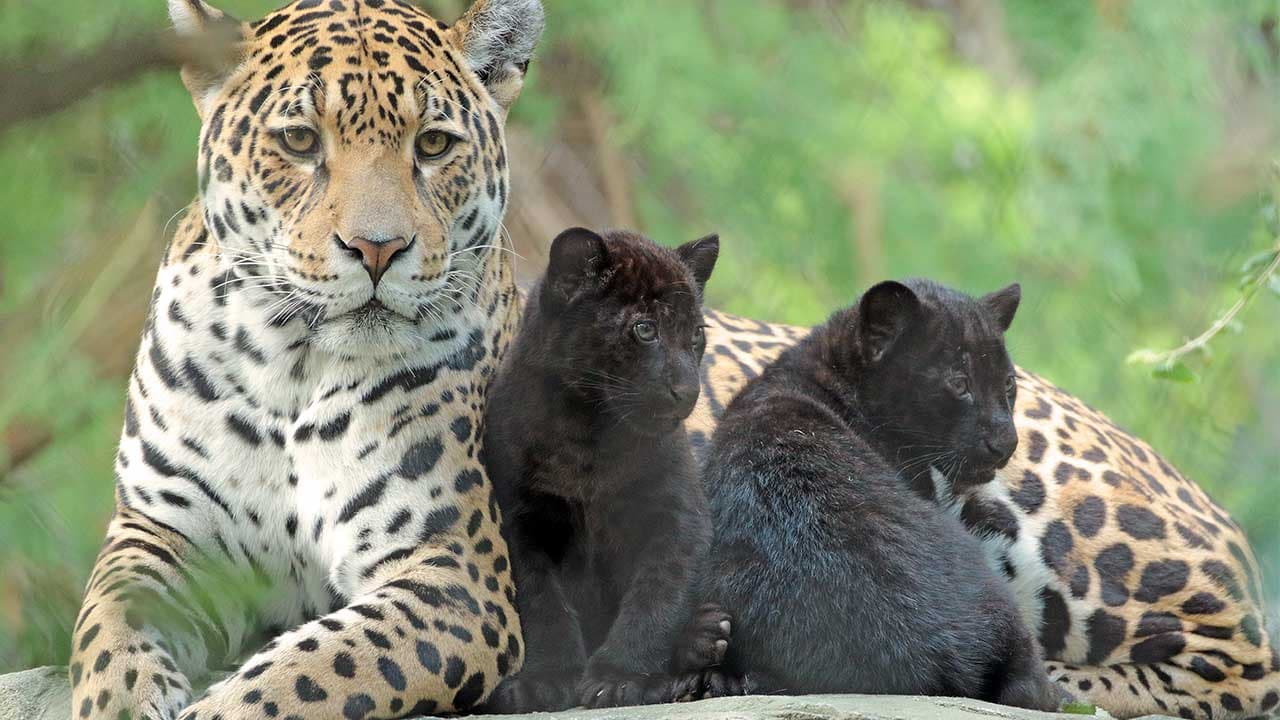The Yellow Warbler (Setophaga petechia, formerly Dendroica petechia) is a species of New World warbler. All 35 subspecies look quite similar, with the main difference being the males’ breeding plumage. The yellow warbler has an olive-yellow upper body and bright yellow underparts. Its eyes and beak are dark, while its legs are a lighter or darker olive. Females are duller, especially on the head.

Young birds have a similar olive-yellow upper body with a duller yellow underside. The yellow warbler is divided into three main groups with 35 subspecies, many of which are identified by the male’s head color during breeding season. One of these groups is the salt marsh yellow warbler, which includes 12 distinct subspecies.

These birds breed in temperate North America, migrating south to Central and South America for winter. Some wanderers have been reported in Western Europe. The yellow warbler prefers dense, wet habitats and typically forages in low shrubs. They mostly eat insects and spiders, and some northern populations also eat berries.

Breeding starts in May-June, with nests made from twigs and grass. Each clutch typically contains 3-6 eggs, which take around 11 days to hatch. The young take about 75 days to mature, although some reports suggest it can be as short as 45 days.

Despite some populations declining due to habitat loss, pesticide use, and grazing, the species remains common. With its wide distribution, the yellow warbler is not considered to be under immediate threat.















